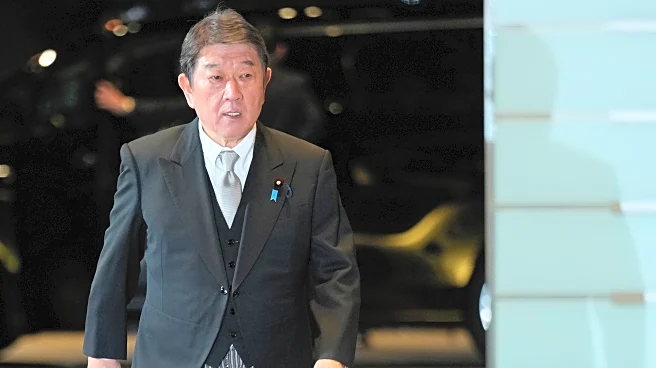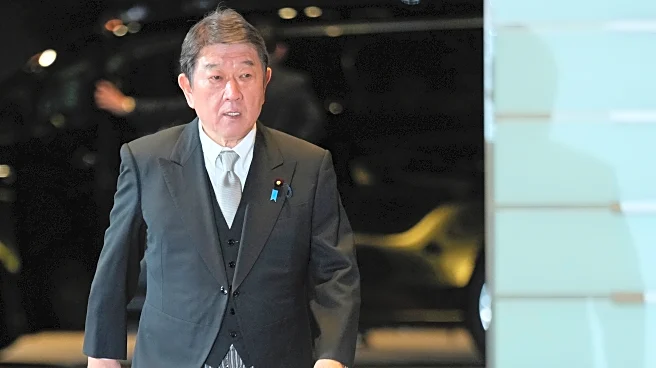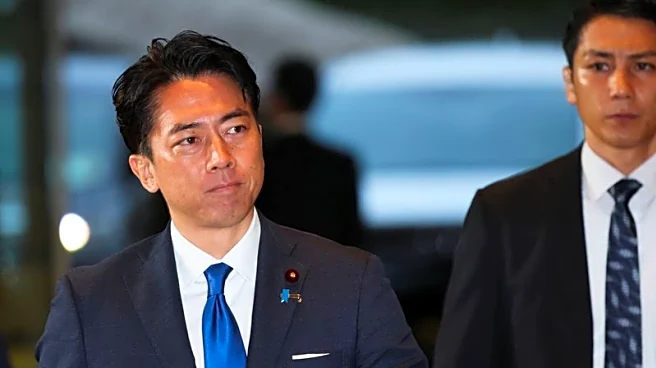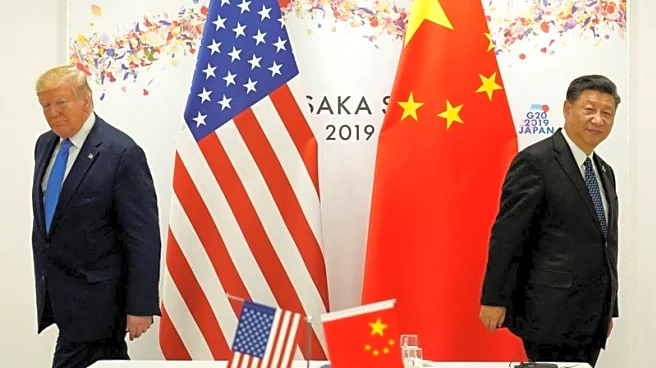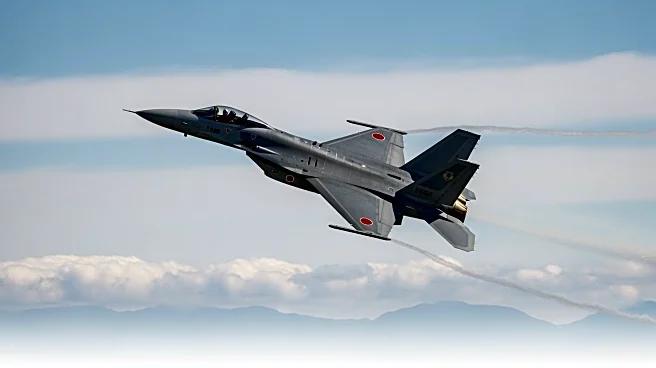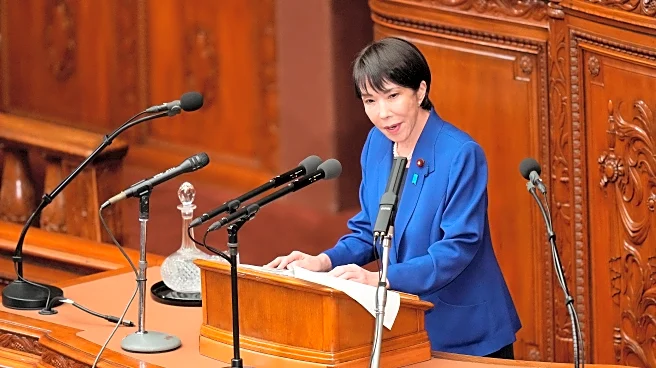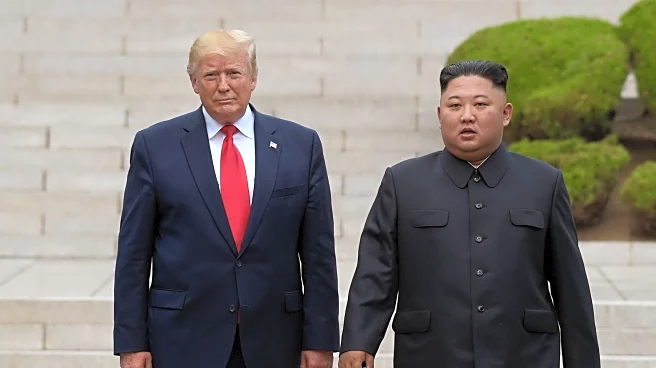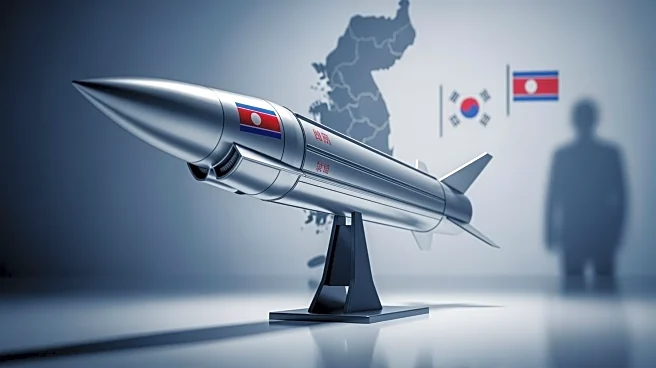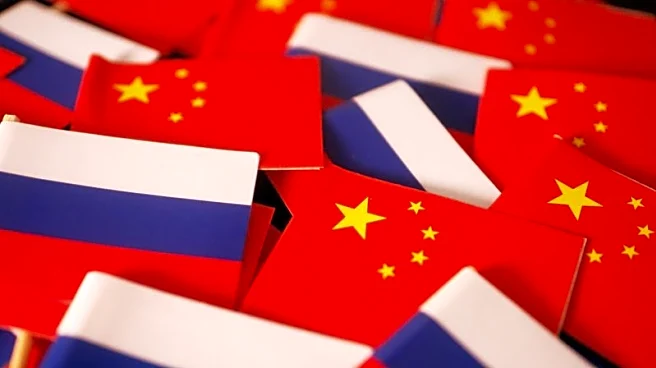What's Happening?
Japanese Prime Minister Sanae Takaichi, in her inaugural policy address, announced plans to accelerate Japan's military buildup and increase defense spending. This decision comes in response to rising regional tensions involving China, North Korea, and Russia.
Takaichi, Japan's first female leader, aims to achieve a military spending target of 2% of the country's GDP by March, ahead of the initial 2027 deadline. She also plans to revise Japan's security strategy by the end of 2026, a process typically undertaken once a decade. The move is driven by changes in the global security environment, including Russia's invasion of Ukraine and ongoing Middle East conflicts. Takaichi's announcement precedes a scheduled visit from U.S. President Trump, where discussions are expected to focus on further strengthening the Japan-U.S. alliance.
Why It's Important?
The decision to boost defense spending and revise Japan's security strategy reflects a significant shift in the country's military posture, potentially impacting regional stability. Japan's increased military capabilities could alter the balance of power in East Asia, particularly in light of China's growing military assertiveness. The move may also influence Japan's diplomatic relations, especially with neighboring countries like China and North Korea. Domestically, Takaichi's policies could face challenges, as her minority government requires opposition support to implement these changes. The focus on defense spending also raises questions about funding and potential impacts on other areas of public policy, such as economic growth and social welfare.
What's Next?
Prime Minister Takaichi's upcoming meeting with President Trump will be a critical diplomatic test, as she navigates demands for increased defense spending and American weapon purchases. The outcome of these discussions could shape the future of the Japan-U.S. alliance and influence Japan's defense policies. Additionally, Takaichi's government must address domestic issues, including rising prices and labor shortages, while maintaining public support. The new ruling alliance with the Japan Innovation Party suggests a potential shift towards more conservative policies, which may affect Japan's approach to foreign labor and immigration.
Beyond the Headlines
Takaichi's leadership marks a potential shift in Japan's political landscape, with her hawkish stance and historical views possibly affecting relations with China. Her policies may also reflect a broader trend of populism and nationalism in Japan, as the country grapples with demographic challenges and economic pressures. The emphasis on defense and security could lead to changes in Japan's Self-Defense Forces' roles and arms export policies, raising ethical and legal considerations. As Japan seeks to balance national security with economic and social needs, Takaichi's administration faces complex challenges in shaping the country's future.



